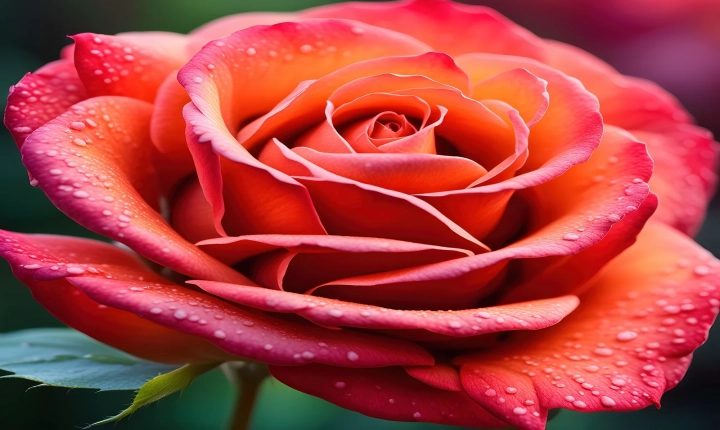Title: How to Generate AI Images: A Step-by-Step Guide
Artificial Intelligence (AI) has significantly evolved in recent years, especially in the field of generating images using neural networks. These AI-generated images have a wide range of applications including digital art, medical imaging, and even in the creation of virtual scenarios for video games and movies.
In this article, we will explore the step-by-step process of generating AI images, and how anyone can get started in creating their own AI-generated artwork.
Step 1: Choose a Platform or Tool
The first step in generating AI images is choosing a platform or tool that facilitates image generation using AI algorithms. There are several popular options available such as DeepArt, Deep Dream Generator, and Runway ML. These platforms often provide user-friendly interfaces, pre-trained models, and customization options for generating diverse types of images.
Step 2: Collect and Prepare Data
Once you’ve chosen a platform, the next step is to collect and prepare the necessary data for generating the images. This may involve gathering a dataset of images that align with the style or theme you want to explore. For example, if you are interested in generating images in the style of famous artists, you might gather a dataset of their artwork.
Step 3: Training the AI Model
After collecting the data, it’s time to train the AI model using the chosen platform. This typically involves using a process called “transfer learning” where a pre-trained neural network is fine-tuned on the specific dataset to adapt to the desired style or theme. The platform will provide options for adjusting various parameters and settings to influence the output of the AI-generated images.
Step 4: Generate and Refine the Images
With the model trained, you can start generating AI images based on the input data and the chosen style. The platform will provide options for tweaking parameters such as color, texture, and abstractness to refine the generated images. It’s a process of trial and error, where you can experiment with different settings to achieve the desired results.
Step 5: Post-Processing and Integration
Once you have generated the AI images, you may want to perform post-processing to enhance or manipulate the images further. This could involve using traditional image editing software to add details, adjust colors, or combine different AI-generated images into a cohesive artwork.
Finally, you can integrate the AI-generated images into your creative projects, whether it’s for digital art, marketing materials, or any other application that benefits from unique visual content.
In conclusion, the process of generating AI images is an exciting and creative endeavor that is accessible to anyone with an interest in exploring the intersection of AI and art. By following the steps outlined in this article and experimenting with different platforms and techniques, you can unlock the potential of AI to produce stunning and innovative images.
